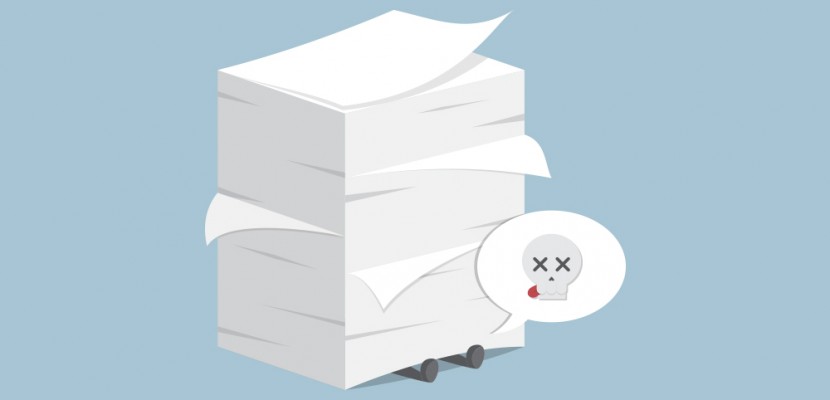
Photo Credit: iStock.com/Artist's ojogabonitoo.
The number of surveys has grown over the past decade, especially as businesses began embracing customer-centric and data-driven approaches. Blinded by the benefits of feedback from both employees and customers, however, companies make the mistake of pushing survey respondents into survey fatigue.
Survey fatigue is the latest issue which both experienced and inexperienced researchers battle with. By definition, it’s a problem that occurs when survey respondents become bored, tired or uninterested in the survey and begin to perform at a substandard level. The issue is divided into two types:
Survey fatigue has the power to waste a considerable amount of your marketing dollars. Not only will you be paying for surveys that are trashed or filled out carelessly, the sums you invested in deploying and marketing your surveys won’t come back. On the other hand, you have the price of the time you spent on this survey and the opportunity costs you forwent in the process.
Unfortunately, these pale in comparison with the following disadvantages of survey fatigue.
If you want to steer far away from survey fatigue and ensure that your research isn’t compromised by inaccurate or biased data, you can rely on the following five-step formula.
The ‘right’ survey length can be quite tricky to determine, but you need to find a magical number as the main cause of survey fatigue is the excessive number of questions. Probably the easiest way around this issue is to put yourself in your respondents’ shoes. Show that you value their time and effort by creating a concise and simple survey.
How long your survey takes to complete is arguably more important than the number of questions you ask. So, take a good look at your questions and analyze their complexity. A ten-question survey can easily take double the time to complete than one with concise twenty questions. You can test the survey on a few employees to see how long they take. Remember: don’t go over five minutes or else survey fatigue will set in.
When planning the frequency of your surveys, you need to take into consideration two things: how often other departments administer surveys and how frequently your competitors circulate theirs. The first will ensure that your company doesn’t earn a negative image in the eyes of your clients. Now the latter can be quite tricky. After all, you can’t control how often other companies survey their customers. However, you can keep tabs on them and avoid releasing your own surveys around the same time.
While constructing your survey, consider relying on branching or skip logic to ensure that your respondents see questions relevant to them. One more thing to remember is to avoid adding demographic questions such as name, title, and industry. This will only frustrate your respondents and prep them for survey taking fatigue.
To prevent survey fatigue, you need to clearly assure your customers that their voices are heard and acted upon. Doing so will tell them that their feedback matters and confirm its importance for improving the experience they have with your company. In fact, you may even succeed in getting them to be open to more surveys in the future. However, make sure to communicate the changes you’ve done to tackle their issues. Only then can you ensure your customers that your surveys are worthwhile.
Using these five steps with the best five methods to combat survey fatigue will definitely ensure that your surveys get the attention they deserve.
You now have the information to keep survey fatigue at bay, so don’t alienate your customers with lengthy surveys anymore. Get them to provide you with as much data as possible in their own terms and revel in the increased engagement, loyalty, and sales you get in return.
Kelvin Stiles is a tech enthusiast and works as a marketing consultant at SurveyCrest – FREE online survey software and publishing tools for academic and business use. He is also an avid blogger and a comic book fanatic.